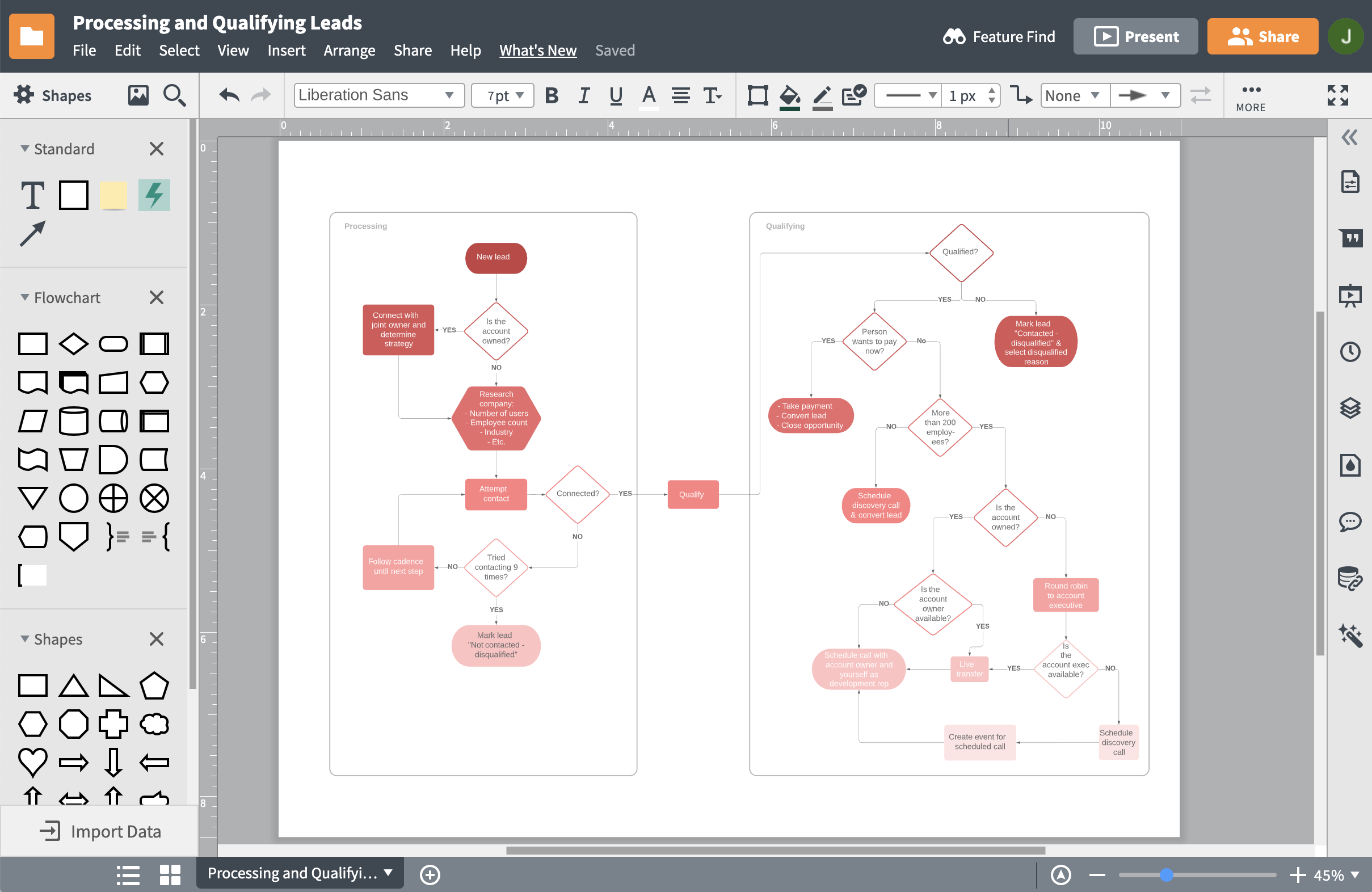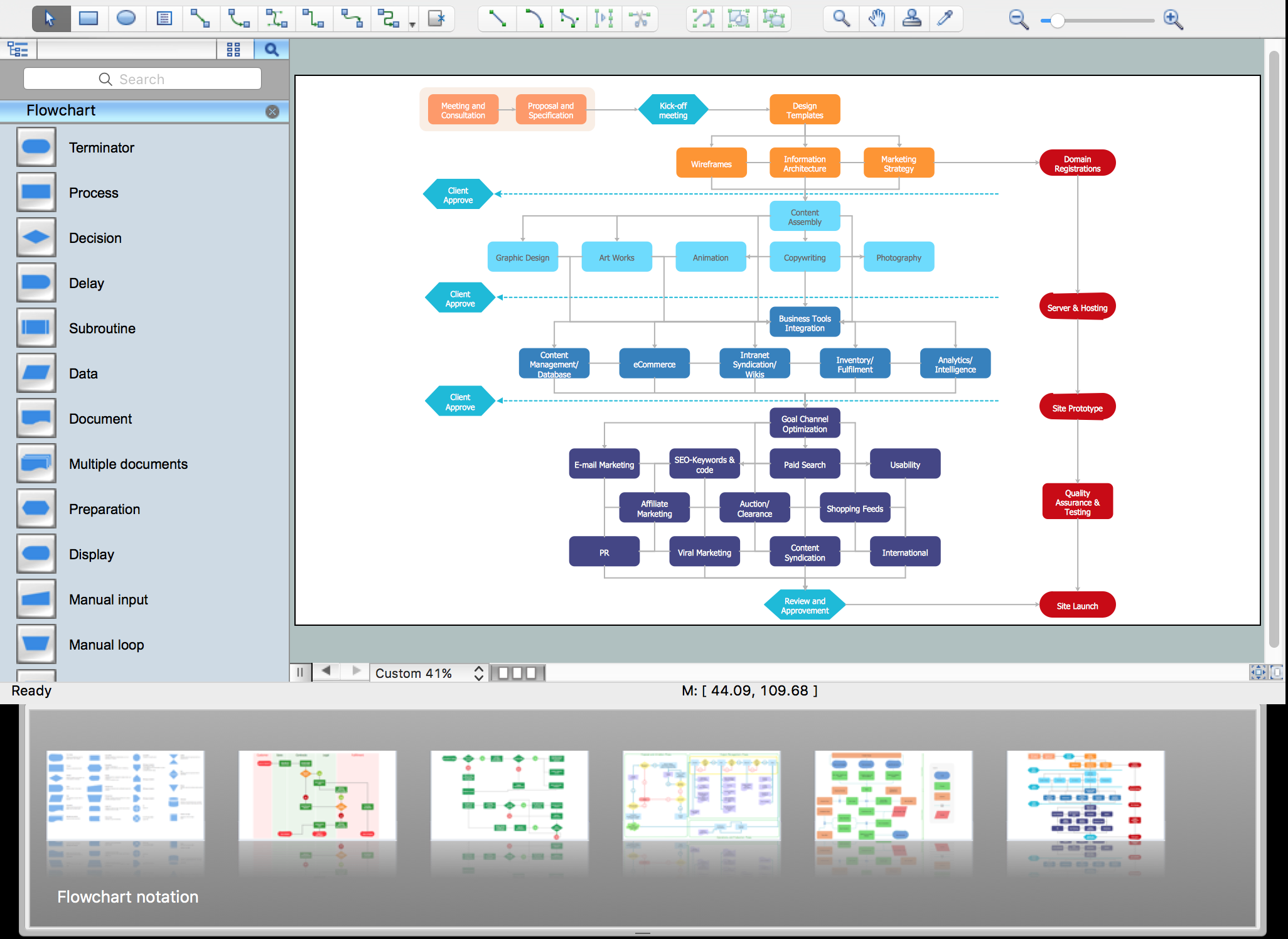

In fact, 76% of executives say agile project management tools like will be the new normal for businesses in the future. In fact, there are many other visual tools that make workflow management a lot easier-like dynamic tables, Gantt charts, timelines, and Kanban boards: While they do have standardized symbols in place to help you best understand a process’s steps, they aren’t always the best representation of a business process. Once created, you have a sort of map that gives you an overview of a business process. Workflow charts are used to help team members understand where their tasks fit into the big picture.


The end result is a picture that allows you to see how you’ll progress from start to finish. It uses well-known symbols and shapes to identify different stages of a process, and arrows to connect them all.
COMPUTER PROGRAM FLOW CHART PREPARATION HOW TO
In this article, brush up on the basics workflow charts, including definition, examples, and how to draw inspiration from unified modeling language to map out and streamline your processes.Ī workflow chart or diagram exists to visualize a process. When you create a workflow diagram or chart, you’re essentially executing a process to improve your final outcome. This method isn’t so different from the way we learned in our school days, whether it was the scientific management of an experiment’s process, or referring to a poster that shows the steps of gathering information to take an idea from brainstorm to final essay. Workflow charts are a way of visualizing complex information involved in each step of a process with the overall goal of making things easier to understand.


 0 kommentar(er)
0 kommentar(er)
